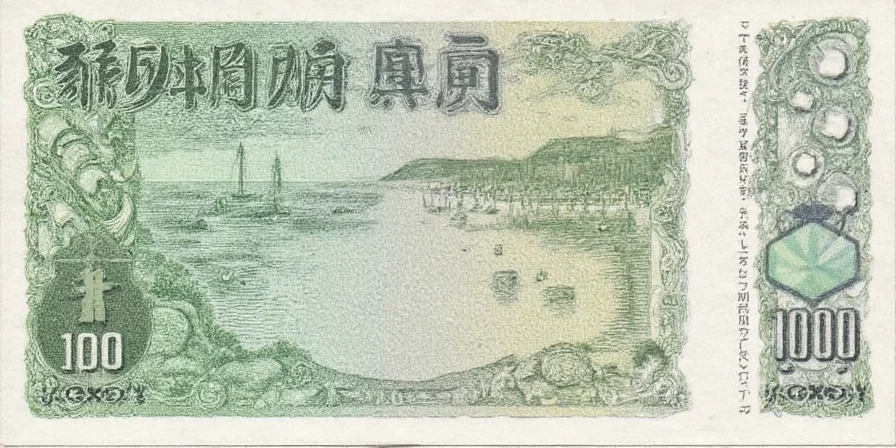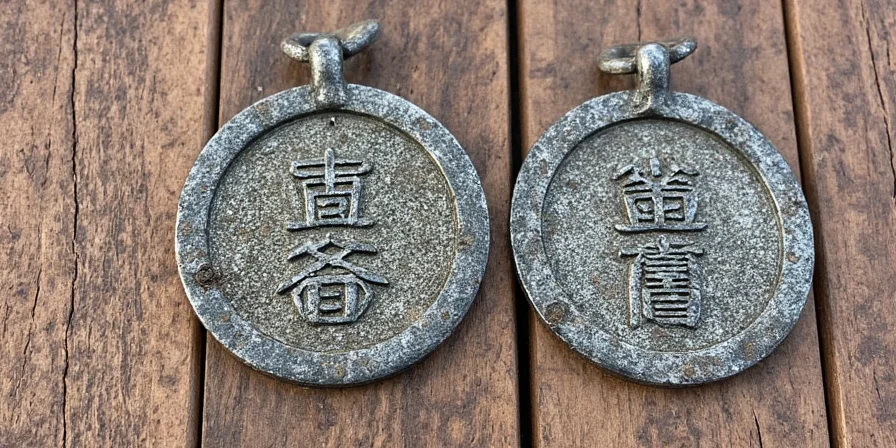Mexican Oregano vs Italian Oregano: Spice Showdown – Who's the Real Flavor Hero?
If you've ever stood in your kitchen wondering why your tacos taste like they're on a Mediterranean vacation, it might be time to reevaluate your oregano stash. Let's dive into the spicy showdown between Mexican Oregano and Italian Oregano. Spoiler alert: They're not twins—they’re more like distant cousins who accidentally showed up to the same family reunion wearing the same outfit.
Table of Contents
- Intro
- What Even Is Oregano Anyway?
- Meet Mexican Oregano
- Enter Italian Oregano
- Head-to-Head Comparison
- Cooking Tips & Tricks
- When to Use Which?
- Myths, Mistakes & Muddled Flavors
- Conclusion
What Even Is Oregano Anyway?
Oregano sounds fancy, but really it just means “mountain joy” in Greek (ὄργανον). Appropriately poetic for such a joyful herb. It belongs to the mint family and is widely used across global cuisines—especially in Mediterranean and Latin American cooking.

But here’s where things get spicy: not all oregano is created equal. Cue the rivalry...
Meet Mexican Oregano
Mexican Oregano, or Lippia graveolens if it were on a LinkedIn profile, hails from Mexico and Central America. Unlike its European cousin, it isn't technically true oregano—it’s actually a member of the verbena family. But don’t let that fool you; this herb packs heat in flavor form.
- Flavor Profile: Bold, earthy, slightly citrusy with a hint of licorice.
- Common Uses: Tacos al pastor, enchiladas, mole sauces, and anything needing a smoky punch.
- Punchline: Thyme wishes it was Mexican Oregano on a Friday night.

Enter Italian Oregano
Also known as Origanum vulgare subsp. hirtum, Italian Oregano is the real OG of oregano. You'll find it chilling in pasta sauces, pizzas, focaccias, and salads from Sicily to Brooklyn pizza joints.
- Flavor Profile: Earthy, grassy, peppery with a floral finish.
- Common Uses: Marinara sauce, grilled veggies, herbed breads, and pretty much any Italian dish worth its basil.
- Vibe Check: Think of it as the herb that listens to classical music while sipping espresso by the Tuscan vineyards.

Head-to-Head Comparison
Let’s break down these two culinary contenders in a quick comparison chart:
| Feature | Mexican Oregano | Italian Oregano |
|---|---|---|
| Botanical Family | Verbenaceae | Lamiaceae (Mint) |
| Flavor | Earthy, citrusy, bold | Grassy, peppery, floral |
| Best For | Tacos, stews, beans, chili | Pasta, pizza, roasted veggies |
| Aroma | Smoky, warm, complex | Fresh, herbaceous, light |
| Substitute Tip | Use marjoram + thyme mix | Use dried marjoram |

Cooking Tips & Tricks
Whether you're a pro chef or a weekend warrior in the kitchen, here are some tips to make sure your oregano game is strong:
For Mexican Oregano
- Toasting Tip: Toast the dried leaves in a dry pan for 30 seconds before adding to dishes. This unlocks deeper, smokier notes—perfect for mole sauces.
- Chef Hack: Add towards the end of cooking for maximum aroma, especially in soups and stews.
- Beverage Pairing: Try adding a pinch to homemade chili-infused margaritas for a herbal twist.

For Italian Oregano
- Dried vs Fresh: Dried is usually preferred in long-cooked dishes like tomato sauces, while fresh works best as a garnish for bruschetta or focaccia.
- Oil Infusion: Make an infused olive oil with garlic and Italian oregano. Perfect for dipping or drizzling over finished dishes.
- Pair With: Basil, rosemary, thyme, and Parmesan cheese for that classic Italian trifecta.

When to Use Which?
Here’s a cheat sheet to help you decide which oregano to use—and when:
- Mexican Oregano Wins When:
- You're making tacos, enchiladas, or burritos.
- Your dish calls for cumin, coriander, or chili powder.
- You want a bolder, smokier undertone.
- Italian Oregano Takes the Crown When:
- You’re baking focaccia or calzones.
- Your recipe includes tomatoes, mozzarella, or eggplant.
- You want that classic Med flair without overpowering other flavors.

Myths, Mistakes & Muddled Flavors
There’s no shame in mixing up these two—you’re not alone. Let’s bust some myths and avoid flavor fails:
- Myth: All oregano tastes the same.
Reality: No! Mexican oregano brings a woodsy, wild side. Italian is softer and more refined. Swapping them can turn a delicious chili into a confused mess. - Mistake: Using too much Mexican Oregano in delicate dishes.
Solution: Start with half the amount and adjust. It’s bold, not shy. - Myth: You can always substitute one for the other.
Reality: While you can tweak, expect flavor shifts. If you must substitute, use thyme + marjoram combo for Mexican, or dried marjoram for Italian.
Conclusion: The Verdict
So who wins the great oregano face-off? Well… it depends on what you're cooking!
Mexican Oregano is your go-to for bold, smoky, Latin-inspired dishes. It’s like the lead guitarist of flavor—loud, proud, and full of swagger.
Italian Oregano plays it cool, balancing sweetness and spice in classic comfort foods. Think of it as the jazz saxophonist of herbs—smooth, elegant, and timeless.
In short: Don’t replace one with the other blindly. Respect their differences, and you’ll never have a bland bite again.

Now go forth and season wisely, spice warriors. And remember—oregano is serious business. Just ask the taco gods.











 浙公网安备
33010002000092号
浙公网安备
33010002000092号 浙B2-20120091-4
浙B2-20120091-4